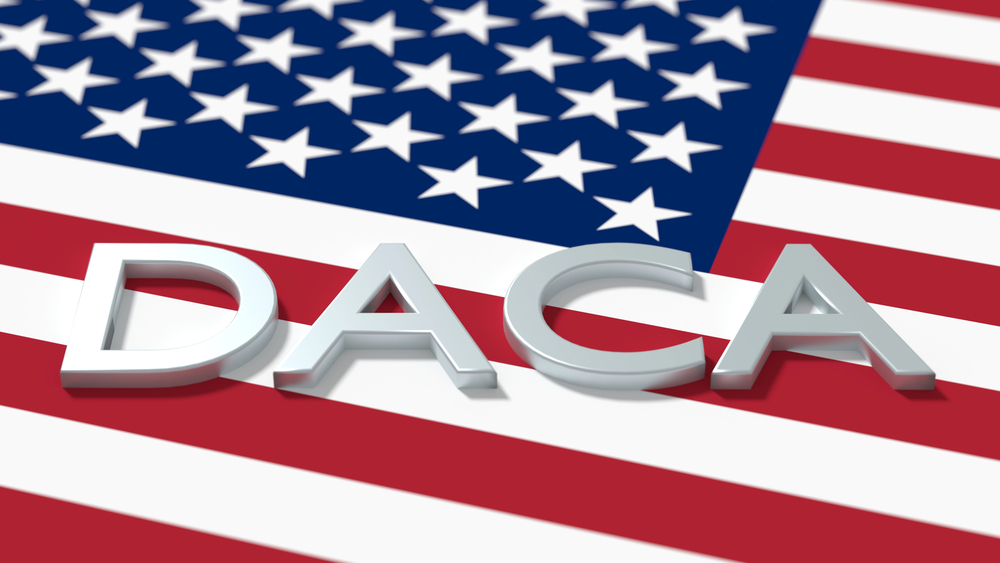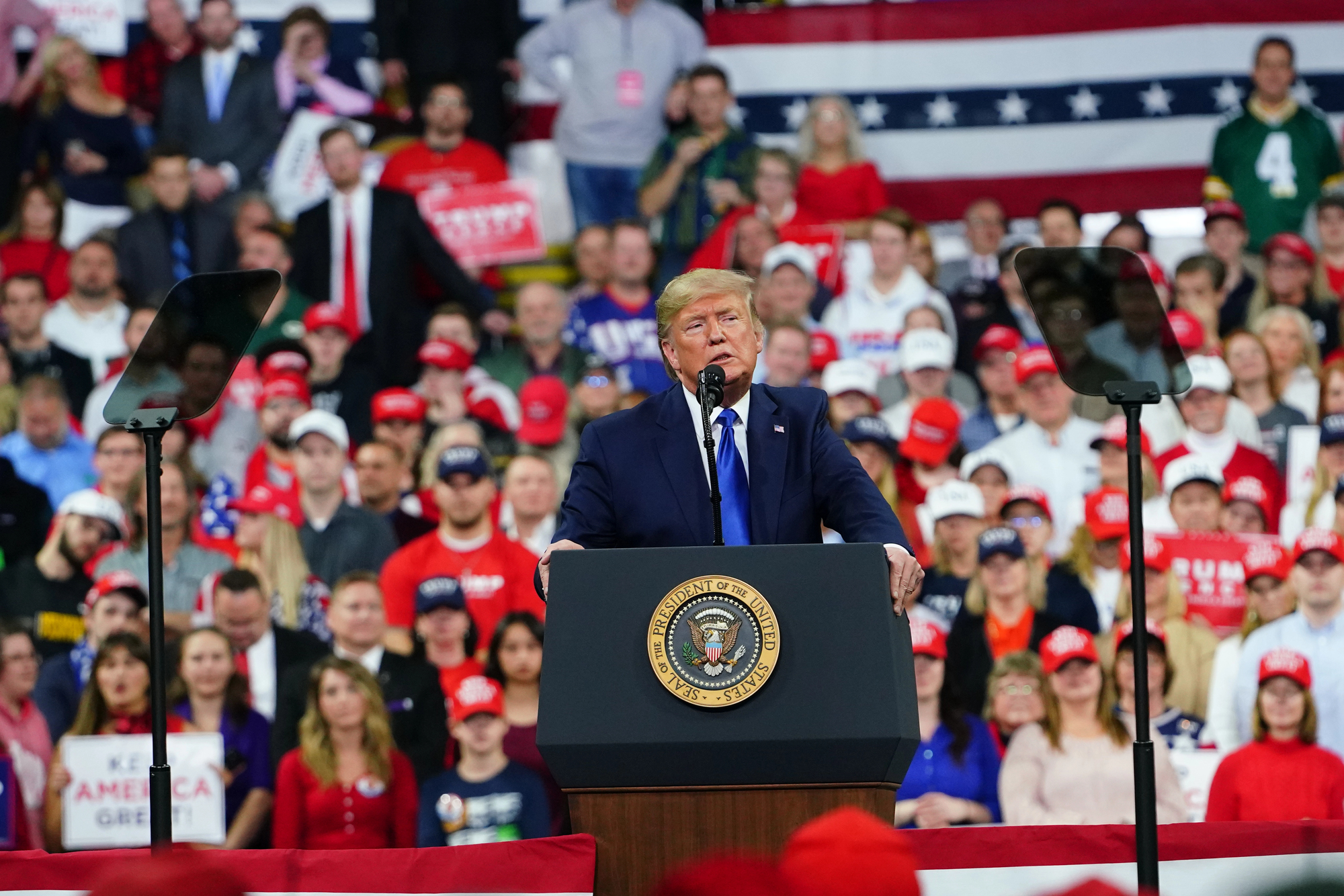The United States Citizenship and Immigration Services (USCIS) recently issued updated guidance on the eligibility criteria for the EB-1A visa. The EB-1A visa is a green card category for those with extraordinary abilities. The new interpretations directly impact how certain achievements, such as team awards, past memberships, media publications, and artistic exhibitions, are evaluated. Here’s an overview of the key changes and how to leverage them to strengthen your EB-1A application.
-
Team Awards
In the past, USCIS heavily emphasized individual achievements in assessing extraordinary ability. The latest guidance, however, recognizes that team awards are significant in many fields, including science, sports, and the arts. If you were a part of a team that won a prestigious award, you may be able to use this as evidence of your extraordinary ability. However, you will need to demonstrate your specific contribution to the success of the team, such as leadership, innovation, or technical expertise.
Example: A researcher who was part of a team that won a Nobel Prize in Chemistry could now highlight their specific contribution to the winning research.
Strategy: Collect documentation and testimonials that emphasize your unique role within the team. Letters from colleagues, press releases, and media coverage detailing your contribution will support your case.
-
Membership in Prestigious Organizations
USCIS has refined its interpretation of what qualifies as membership in an organization that requires “outstanding achievements.” Simply being a member of a well-known group is no longer sufficient. Instead, you must now prove that membership is exclusive, based on demonstrated achievements, and not just participation or payment of dues.
Example: A member of an elite scientific association, where membership is determined by peer nomination and demonstrated contributions to the field, will now carry more weight than membership in a general professional group.
Strategy: You should gather proof of the selective nature of your membership, including the qualifications required and the process by which you were selected.
-
Media Publications
Media coverage is a strong indicator of extraordinary ability, but USCIS is now placing greater emphasis on the nature and credibility of the publication. High-quality publications and reputable sources, particularly those that focus on your industry, carry more weight than general or local media outlets.
Example: An artist featured in a leading art magazine, or a scientist profiled in a reputable industry journal will benefit more than a local newspaper story.
Strategy: When presenting media coverage, focus on the reach and reputation of the publication, and provide a narrative that connects your recognition to your extraordinary ability.
-
Artistic Exhibitions
For artists, the latest guidance from USCIS gives more weight to the prominence of exhibitions and showcases. Whether you have had solo exhibitions, or your work was featured in group exhibitions, the venue, the level of recognition, and the audience are now important factors.
Example: A visual artist whose work has been showcased in a renowned gallery in New York or Paris would have a stronger case than one whose work was shown in a less well-known local gallery.
Strategy: Document the prestige of the gallery or exhibition space, highlighting its importance in your field. Provide evidence of reviews, media coverage, and attendance figures to showcase the significance of your exhibition.
Practical Tips for These Changes:
- Tailor Your Evidence: Understand that USCIS is increasingly looking for quality over quantity. Choose evidence that demonstrates your sustained national or international acclaim and be selective in the documents you submit.
- Get Strong Recommendation Letters: Letters from experts in your field who can speak to your extraordinary abilities are more important than ever. Make sure these letters explain your specific contributions and the impact of your work.
- Prepare for Scrutiny: Be ready for USCIS to examine your claims more closely under these new guidelines. Anticipate requests for evidence (RFEs) and prepare responses that clarify the nature of your achievements in light of the updated criteria.
The new USCIS guidance on EB-1A eligibility reflects a shift toward a more nuanced understanding of achievements in various fields. By carefully selecting and presenting your evidence, you can position yourself as a strong candidate for this prestigious green card category. If you are applying or planning to apply for an EB-1A visa, consulting with an immigration attorney who is up-to-date with these changes can be invaluable.
By staying informed and adjusting your strategy, you’ll increase your chances of successfully navigating these new rules and obtaining your green card. For more information Click here for the entire podcast.
Contact Experienced Immigration Attorneys Today
The Immigration Law Office of Hadley Bajramovic is located at 5225 Canyon Crest Dr., Suite 450, Riverside, CA 92507. You may reach us at 951-588-9838 or visit our website www.immigrationhadley.com
To schedule a consultation or for more information CLICK HERE!




